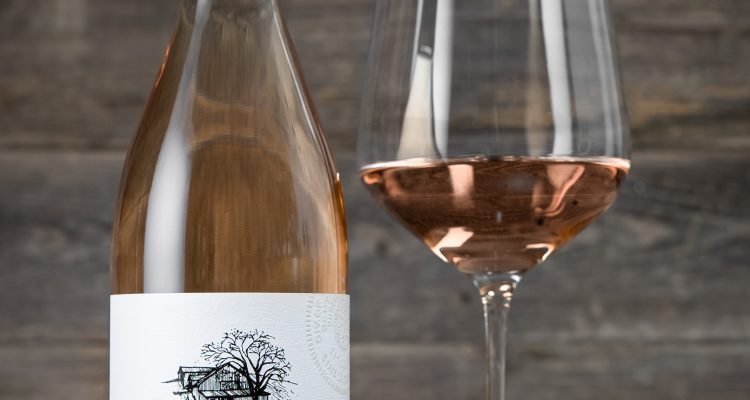2019 Pope Valley Winery Napa Valley Rosé
This dry rosé is something different: it’s made in Napa, California, from sangiovese – the grape you know from classic Italian wines such as Chianti and Brunello. It is made at the family-owned Pope Valley winery, from their Eakle Ranch Vineyard grapes.
Assistant winemaker Greg Fitzgerald describes the difference between making a rosé wine and a red table wine with his sangiovese: “A big distinction between the two is the farming. The rosé fruit was cropped heavier which gives a bigger photosynthate sink, meaning there is more fruit for the sugar to go into resulting in lower Brix. The greater cropload also mitigates anthocyanin production leading to lower tannin levels.”
I was startled to find minerality and chalkiness in this wine, along with its fruit. In fact, the grapes were picked early to achieve this effect. The grape clusters were held (presumably chilled) for 72 hours after picking, then gently pressed to achieve the desired flavors and color from the skins. Fermentation was at quite a low temperature. This production process creates a wine with a clear tawny cranberry color, hints of minerality and peach-strawberry in the aromas and on the palate, along with a combination of full butteriness and acidity that pairs well with many mild dishes.


